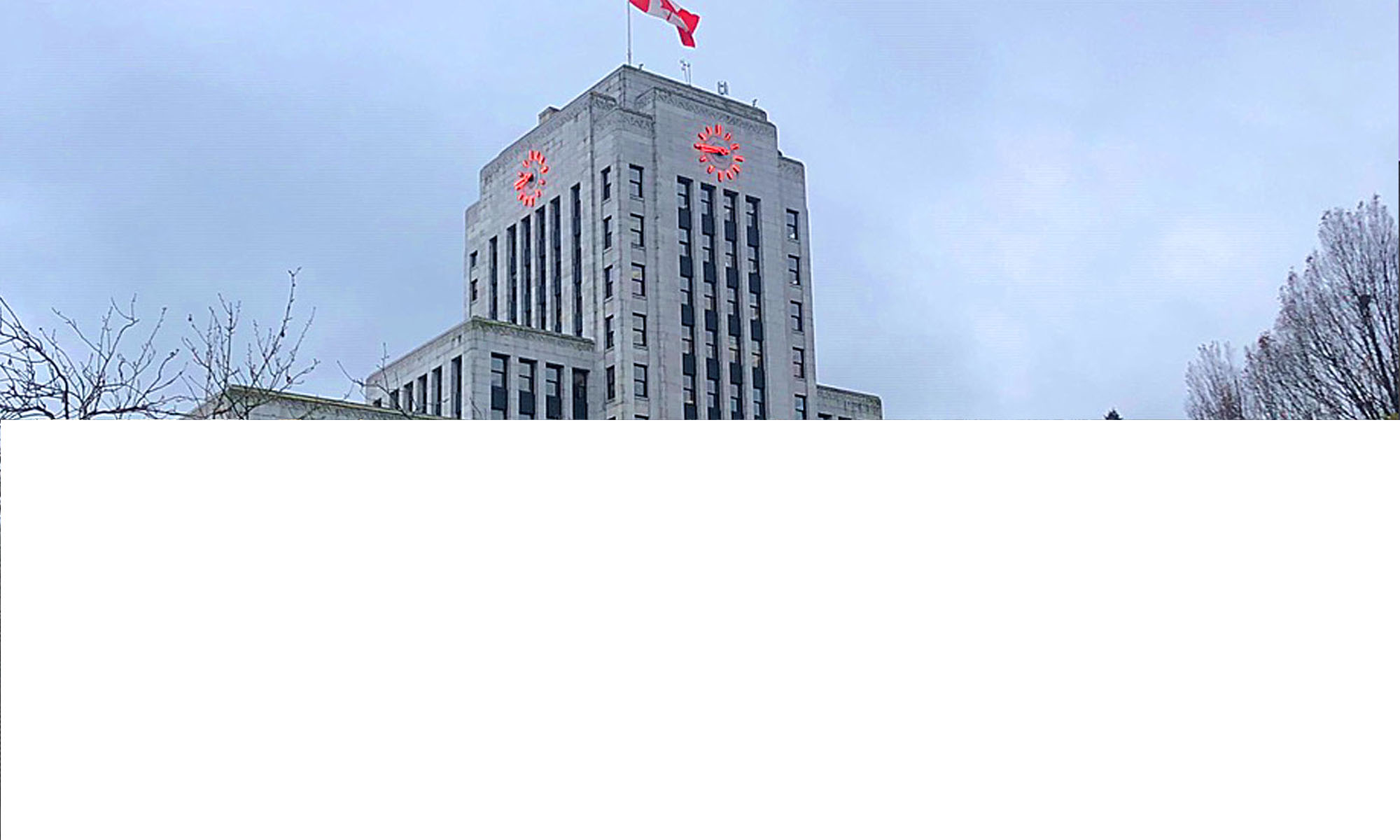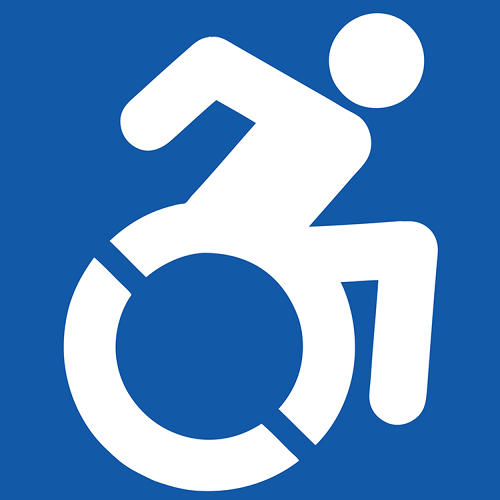Today, December 3rd marks the International Day of Disabled Persons (first declared by the United Nations in 1992). On that note – it seems appropriate to talk about disabilities and accessibility in B.C.
It’s impossible to talk about accessibility barriers in this province without first talking about disability rates. There are two different qualifications: Persons With Disability (PWD) and Persons with Persistent and Multiple Barriers to employment (PPMB). PWD is a semi-permanent designation, and a single PWD can receive up to $906.42/month. A single PPMB can receive a maximum of $657.92 and must reapply every two years. There are potential additional supplements available for nutritional, diet, transportation, and crisis needs at the Ministry’s discretion. Both benefits are inclusive of a maximum shelter expenditure of $375/month.
Of course, in Vancouver-Mount Pleasant, where the average rent for a bachelor apartment is $889/month, a $375 shelter maximum seems perversely inappropriate — and thus we find disability-collecting citizens living in slum hotels with no heat or hot water, or shut-in by broken elevators. Coupled with ongoing cuts to health services (I recently wrote about Vancouver Coastal Health laying off 89 home care workers for disabled and elderly) our province is condemning many of society’s most vulnerable to absolute misery.
It’s clear that we must raise the rates of social assistance. Leading advocates in the field including Disability Alliance of BC’s Disability Without Poverty Network call for increasing the PWD benefit to $1200/month. There’s no indication that either the BC Government or Opposition seem interested in raising assistance rates though — the Liberals haven’t raised the basic welfare rate ($610) since 2007, and the NDP’s paltry $20/month increase proposed in their most recent platform indicate neither are listening to experts.
Of course, not all disabled people collect assistance – indeed many are productively and well-employed, and they rightly deserve to be viewed as capable. But capability is predicated by accessibility, and accessibility in B.C. is not a constant or standardized notion. That’s why advocates are calling for a B.C. Persons with Disabilities Act.
The Act would deliver a consolidated and planned approach to accessibility and inclusion, with a wider scope than the current collection of individual legislations. As Stephen, a blind constituent, explained to me, an act would help mitigate inconsistencies in standardization for visually impaired accessibility: everything from bank machines to prescription bottles to taxi meters. Such acts exist on a national level in the United States, and provincially in Ontario and Manitoba. The research and framework for a disabilities act exists, and we can learn from the successes and problems of other acts
To their credit, the government have promised improvements by way of their Accessibilty 2024 program, but the timeline pushes the delivery beyond the timeframe of their legislative mandate and lacks the cohesiveness of an actual Disabilities Act.
On the verge of the Trans Pacific Partnership Trade Agreement, one possible benefit of a provincial act would be to enshrine and protect accessibility (Canada has yet to enact a national act). Under the TPP’s Intellectual Property chapter, industry is seeking to monetize and ultimately diminish accessibility within recently-released, not-widely-understood, not-yet-ratified, 6,000 page agreement.
I recently spoke to concerns about how the TPP might affect Vancouver in terms of land use, local procurement and the city’s green brand. Also present that day were local internet democracy advocates OpenMedia who described the TPP as a digital policy failure that would kill local tech and innovation. They cited one specific example with serious implications for accessibility, the prohibition on circumventing Digital Rights Management. This would undermine unauthorized “hacks” like closed captioning or increasing font legibility. You can read more about the UN’s Marrakesh Treaty for accessibility and how industry is using TPP to thwart those efforts at the Electronic Frontier Foundation.
In speaking to the CNIB’s Rob Sleathe recently, we discussed what a remarkable age we live in, with so many technology-driven improvements to accessibility. We’ve come a long way as a society too, with advancements in providing equal rights for British Columbians of all abilities— but there is still much more to be done.
Postscript: The graphic I selected for this post was one I came across a few years ago — it’s the wheelchair symbol used in New York City, and I think conveys a powerful message about how we view people with disabilities. From the article How A Guerrilla Art Project Gave Birth To NYC’s New Wheelchair Symbol “Maybe we need to start thinking about where our preconceived opinions of people with disabilities come from, and target that,” http://www.fastcodesign.com/1672754/how-a-guerrilla-art-project-gave-bir…

